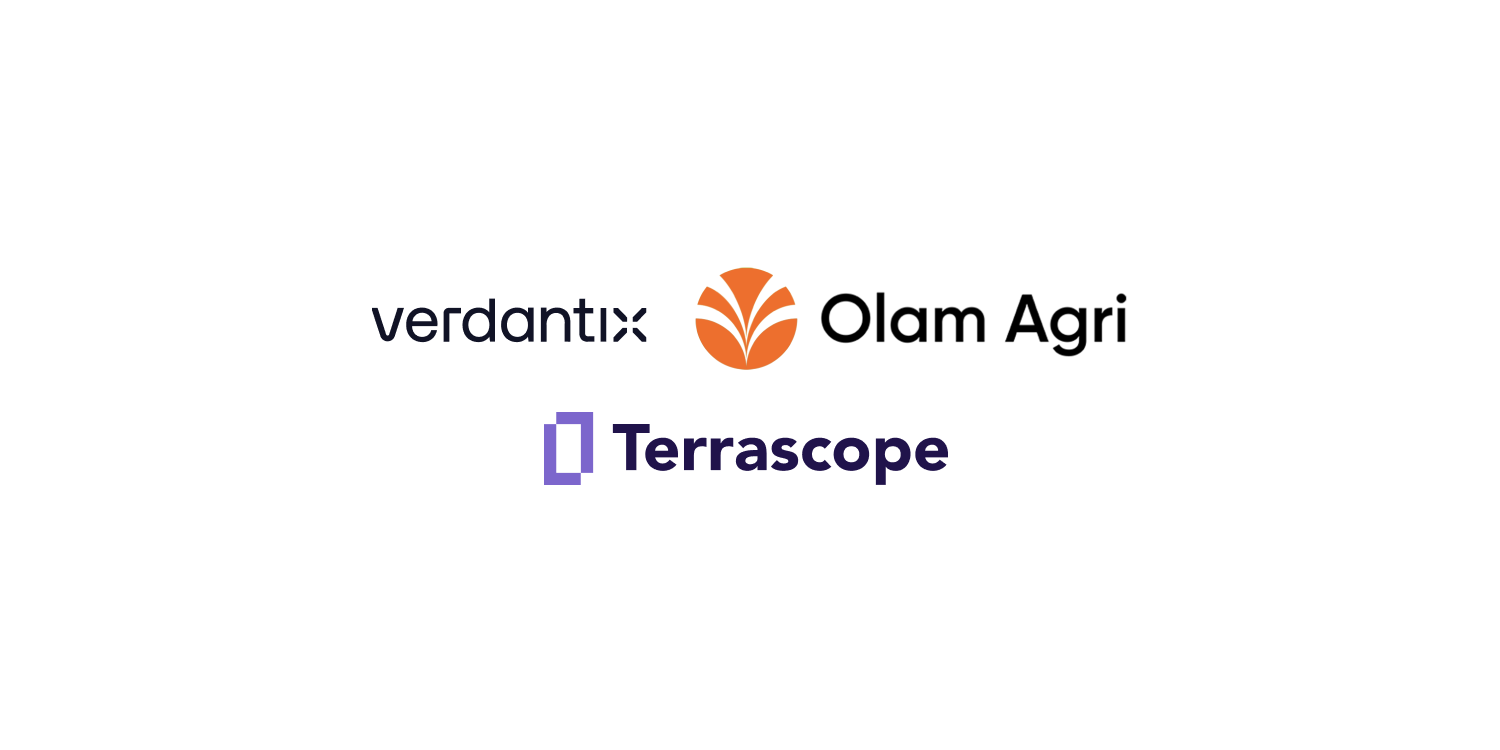The protocol offers a standardised framework for measuring and managing greenhouse gas (GHG) emissions across private and public sector operations, value chains, and mitigation efforts.
Why the GHG Protocol?
The Paris Agreement established in 2015 saw the commitment of more than 110 nations to restrict global warming to less than a 2°C increase from pre-industrial levels, limit temperature rise to 1.5°C, and achieve carbon neutrality by 2050. However, UNEP's annual Emissions Gap Report in 2022 found that we are off-track to limiting global warming to 1.5°C by 2030. Current Nationally Determined Contributions (NDCs), even if fully implemented, would still lead us toward a warming of 2.4–2.6°C. To stay on track, emissions need to be reduced by 45% by 2030.
Achieving the objectives outlined in the Paris Agreement remains the sole viable solution to tackle climate change and safeguard the planet for future generations. This requires businesses and organisations of all sizes and sectors to step up their efforts in decarbonising their portfolios.
To ensure that businesses and organisations can track their progress towards their climate goals, it is essential to establish a standardised framework to measure and manage greenhouse gas (GHG) emissions, from private and public sector operations, value chains, and mitigation actions aimed at reducing such emissions. This has led more and more businesses to adopt the GHG Protocol Corporate Standard for their GHG inventory calculations.
Benefits of aligning to GHG Protocol
The increased adoption of the GHG protocol offers significant benefits for both organisations, stakeholders as well as researchers. Here are its key advantages:
Standardisation
Organisations can follow a consistent set of rules and guidelines, enhancing their credibility and promoting transparency in corporate emissions reporting.
Accuracy and Reliability
The potential for errors is reduced as clear instructions are provided for data collection, emission factor selection and calculation methods.
Comparability
Meaningful comparisons can be made between different entities and sectors, facilitating benchmarking, identification of best practices, and informed decision-making regarding emission-reduction strategies.
Policy Development and Compliance
Policymakers can develop effective climate change policies by setting targets, monitoring progress, designing compliance frameworks, and ensuring that organisations fulfil their reporting obligations.
Investor and Shareholder Confidence
Scientific Understanding and Knowledge Sharing
Researchers can rely on consistent data to study climate impacts, model scenarios, and develop mitigation strategies. This enables scientific research and knowledge sharing in the field of climate change.



